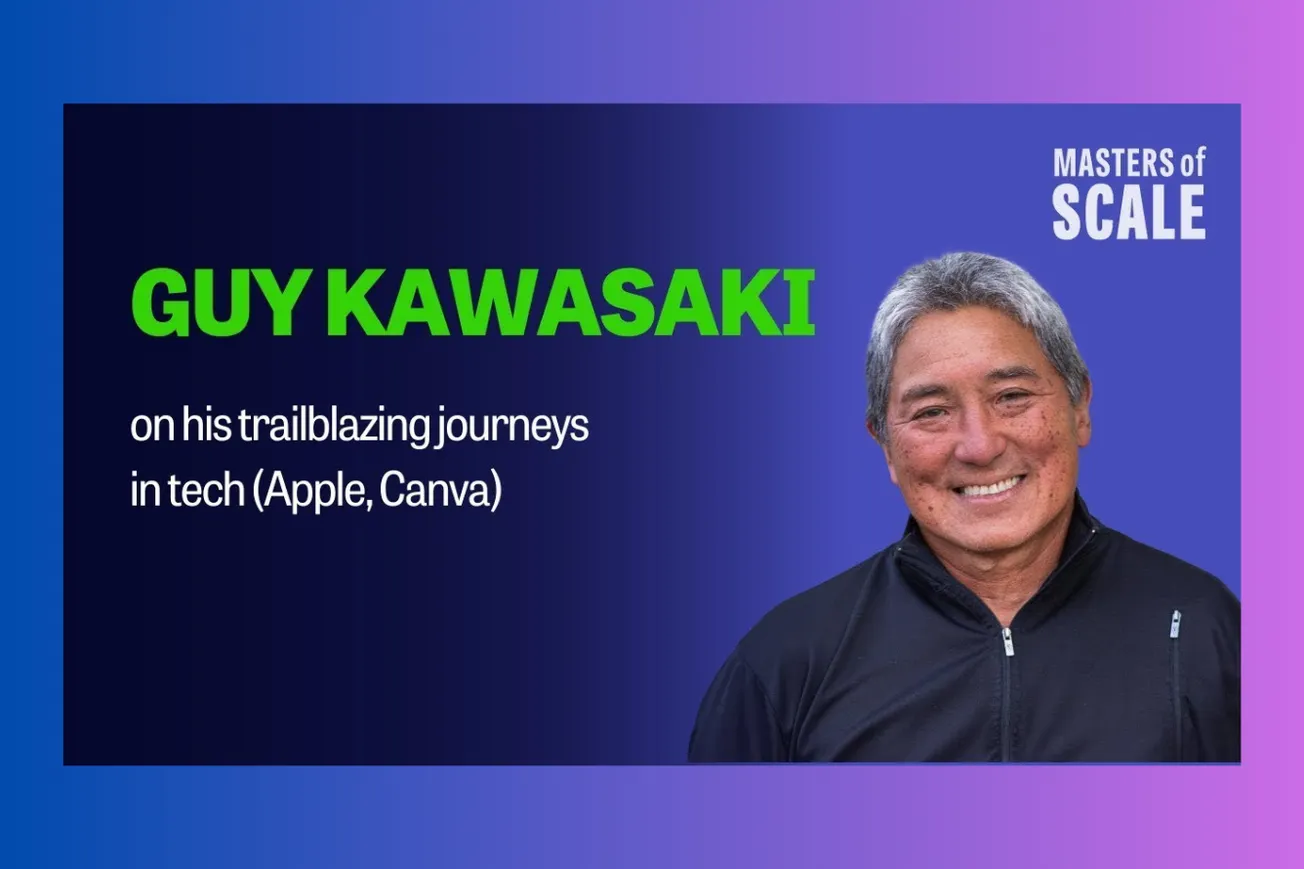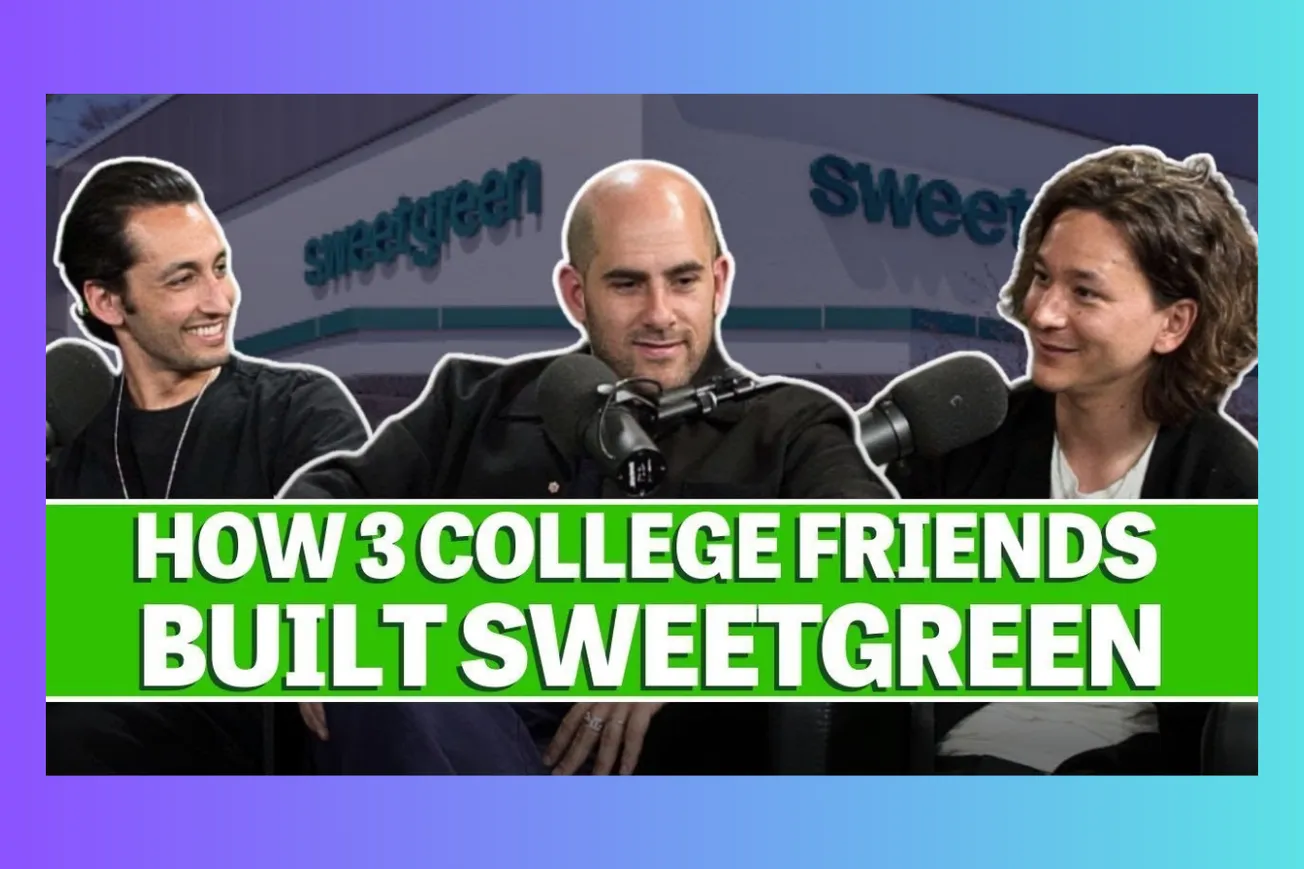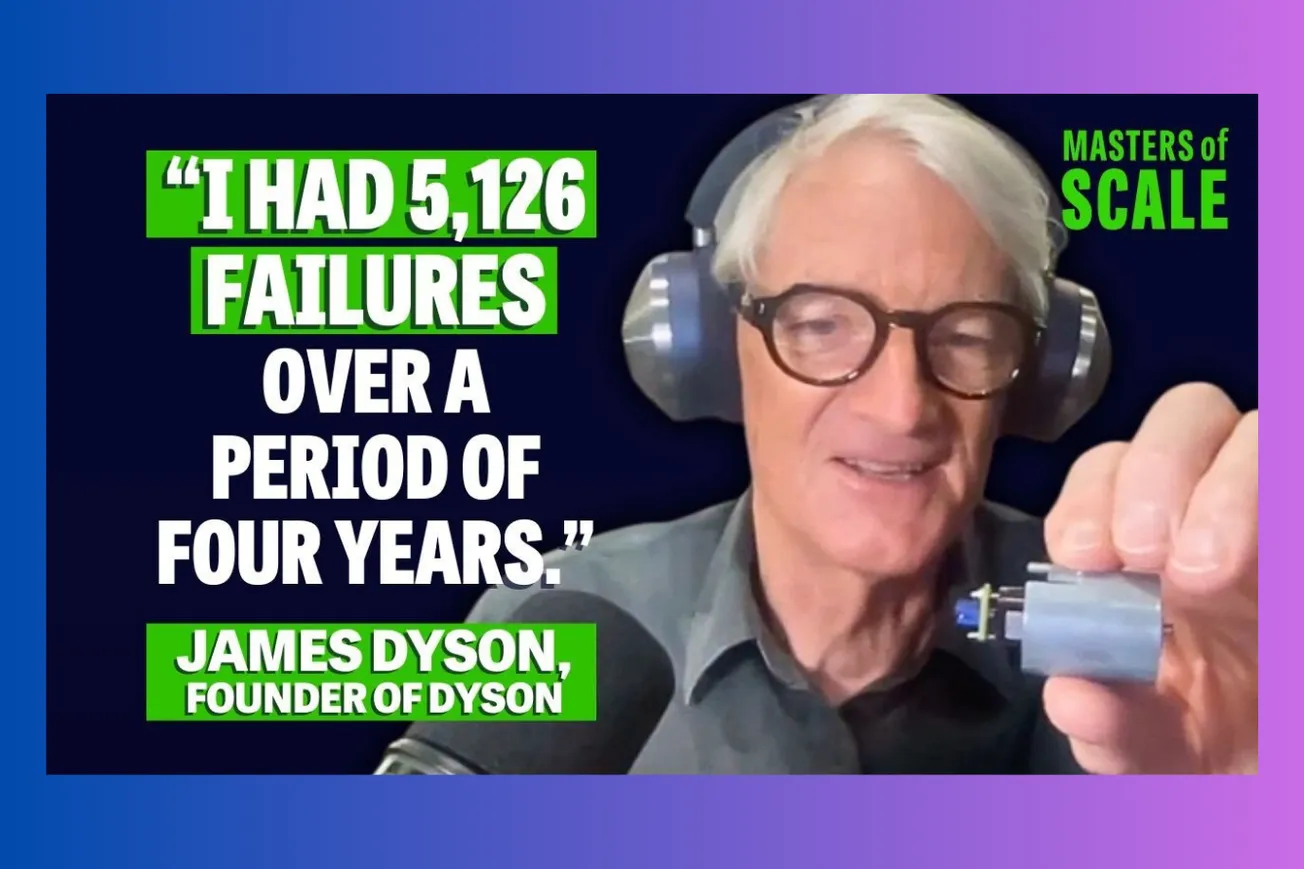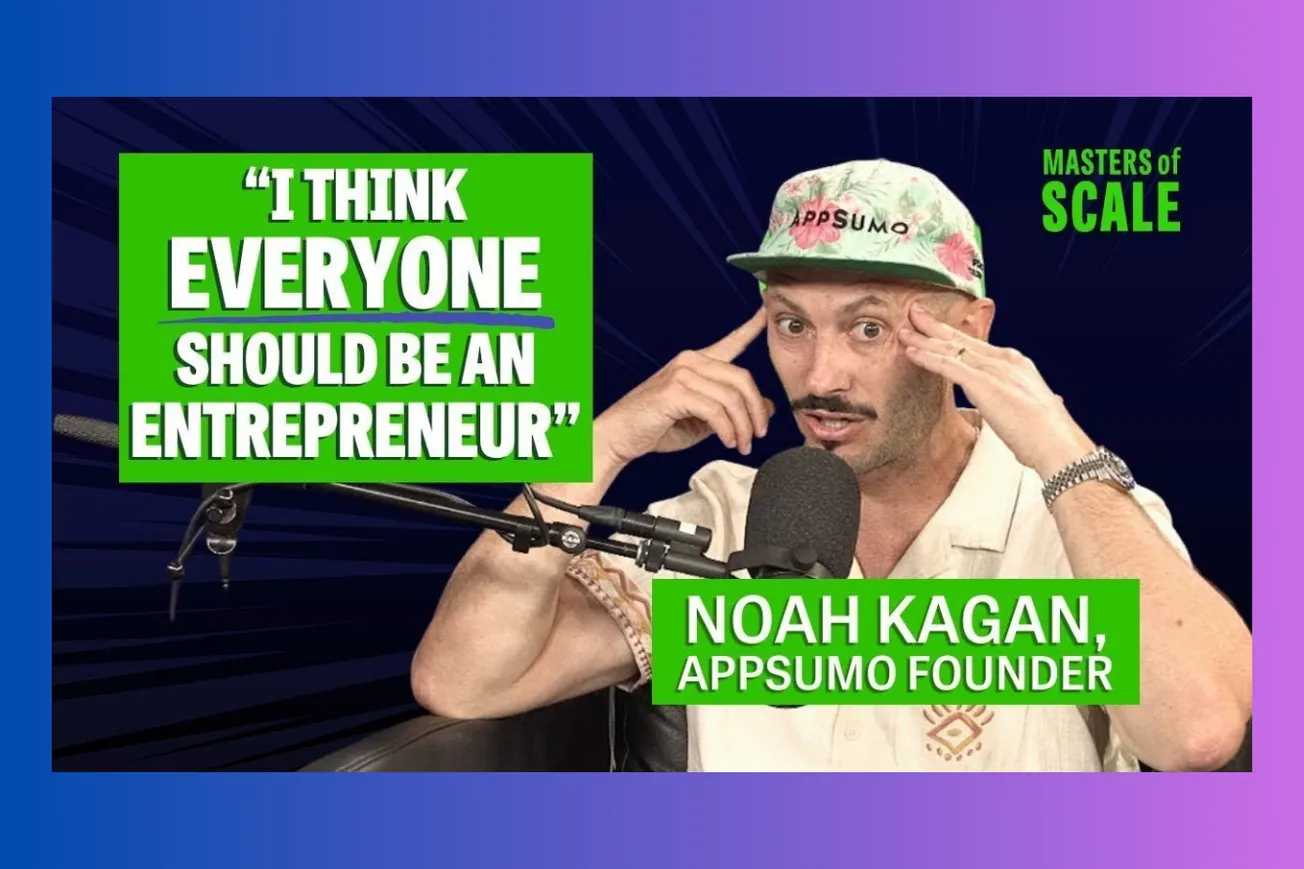Table of Contents
Key Takeaways
- Chinese manufacturers are using TikTok to market “factory-direct” luxury goods, often at prices 80–90% lower than retail.
- Viral videos allege that brands like Lululemon and Hermès source their products from Chinese factories, fueling consumer skepticism about luxury markups.
- Most major luxury brands deny these claims, emphasizing that their authentic products are not made in the factories featured in TikTok videos.
- Experts warn that the majority of these goods are counterfeits or high-quality “dupes,” not genuine luxury items.
- The trend is partly driven by US tariffs, with Chinese sellers appealing to American consumers who want to bypass rising prices.
- Counterfeit goods, especially luxury handbags, remain a massive problem, with China accounting for the majority of seized fakes in the US.
- The controversy has sparked debates about transparency, pricing, and the true value of luxury branding.
- Despite the risks, some consumers are eager to buy from these sources, seeing it as a way to “beat” both tariffs and luxury brand markups.
Chinese Manufacturers Take to TikTok: The Viral Factory-Direct Pitch
- Chinese factories and influencers have inundated TikTok with videos claiming to sell luxury goods—like Lululemon leggings for $5 or Birkin-style bags for $1,400—directly to American consumers, bypassing traditional retail channels.
- These videos often feature dynamic edits, factory backdrops, and confident claims that the products are made on the same production lines as well-known luxury brands.
- The timing is strategic: as US tariffs on Chinese imports soar to 145%, these sellers position themselves as offering a “loophole” for American shoppers seeking luxury at a discount.
- TikTok users have responded with enthusiasm and curiosity, flooding comment sections with questions and orders, and sharing the videos widely as both a protest against tariffs and an exposure of luxury pricing.
- The viral clips suggest that the only difference between a $100 Lululemon legging and a $5 factory version is the logo, stoking debates about the real value of luxury branding.
- Some sellers, like the account Sen Bags, have had their videos repeatedly removed, fueling further intrigue and a sense of rebellious discovery among viewers.
Luxury Brands Respond: Denials, Supplier Lists, and the Fight Against Fakes
- Major luxury brands have swiftly and publicly denied the claims made in TikTok videos, emphasizing that their products are not made in the factories being promoted.
- Lululemon, for example, states it “does not collaborate with the manufacturers mentioned in the online videos” and warns consumers about counterfeits, noting that only about 3% of its finished goods are made in China—and not in the factories featured on TikTok.
- Louis Vuitton and Hermès have also clarified that their signature bags are not manufactured in China, with Hermès Birkins primarily crafted in France across dozens of sites.
- Brands have published official supplier lists and issued statements to counter the viral narratives, but the allure of cheap “factory-direct” goods continues to spread online.
- Despite these denials, the opaque nature of global supply chains and the use of OEMs (Original Equipment Manufacturers) for some components make it difficult for consumers to discern the full truth.
- Experts stress that genuine luxury manufacturers are bound by strict non-disclosure agreements and would never openly sell branded goods directly to consumers.
Counterfeit Birkin Bags and the Rise of the “Dupe” Market
- The Birkin bag, a symbol of ultimate luxury with retail prices around $38,000, has become a focal point of the TikTok counterfeit trend, with Chinese sellers offering visually similar bags for as little as $1,400.
- These sellers avoid outright trademark infringement by omitting logos and carefully wording their claims, instead emphasizing material and craftsmanship similarities.
- While some buyers see this as a way to access “the same quality” without the brand markup, experts point out that these are counterfeits—lacking the artisanal detail, materials, and quality control of authentic Hermès products.
- The US Customs and Border Protection reports that Chinese counterfeits account for 75% of the value of fake goods seized, highlighting the scale of the issue.
- The trend has sparked debates among consumers, with some feeling vindicated about luxury pricing and others concerned about the ethics and legality of supporting counterfeit markets.
- Fashion journalists and industry insiders warn that even high-quality replicas cannot match the heritage, craftsmanship, and long-term value of genuine luxury items.
Trade War Tensions, Tariffs, and the New Consumer Mindset
- The TikTok luxury goods controversy is deeply intertwined with the ongoing US-China trade war, as tariffs drive up the price of imported goods and fuel consumer frustration.
- Chinese sellers use the trade war narrative as a marketing tool, positioning their products as a way for Americans to “fight back” against tariffs and luxury brand markups.
- Apps like DHgate and Taobao, known for offering replicas and direct-from-China goods, have surged in popularity in the US as consumers seek alternatives to expensive retail options.
- The controversy exposes a broader lack of understanding about how luxury supply chains work, with many consumers believing that most high-end goods are secretly made in the same Chinese factories.
- Experts clarify that while some components may be sourced globally, final assembly and quality control for true luxury goods remain tightly controlled by the brands, often in Europe.
- The viral phenomenon has also led to increased scrutiny of TikTok’s role in facilitating the spread of counterfeit goods and misinformation.
The Real Risks: Counterfeits, Quality, and Consumer Protection
- Buying “factory-direct” luxury goods from TikTok carries significant risks, including receiving counterfeit products, poor quality, or no product at all.
- Experts note that authentic manufacturers are contractually prohibited from selling branded goods directly, and any factory openly doing so is almost certainly producing fakes.
- While some buyers may be satisfied with high-quality “dupes,” others may be disappointed by inferior materials, lack of durability, or legal repercussions.
- The proliferation of counterfeit goods undermines the value of luxury brands and can fund illicit activities, posing broader ethical and economic concerns.
- Brands and authorities are stepping up efforts to combat counterfeits, including legal action, consumer education, and collaboration with online platforms.
- Ultimately, the controversy highlights the need for greater transparency in supply chains and more informed consumer choices in the digital age.
TikTok’s luxury goods controversy reveals the complex interplay between global trade, digital marketing, and consumer psychology, exposing both the allure and the dangers of “factory-direct” shopping. As tariffs, counterfeits, and viral misinformation reshape the luxury landscape, brands and buyers alike must navigate a new era of scrutiny, skepticism, and opportunity.









